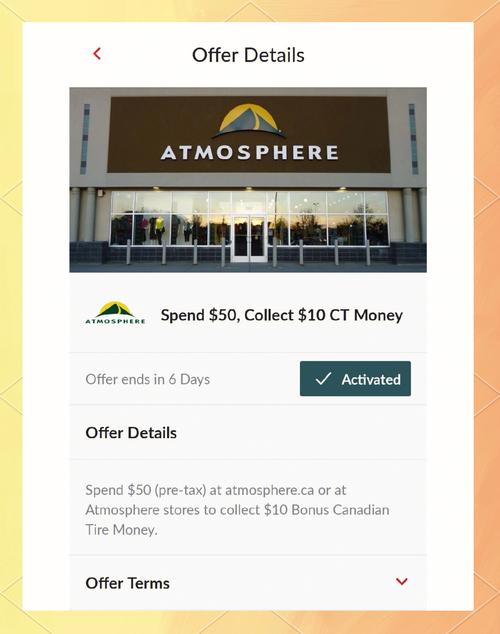Understanding the Market
Before diving into the world of game publishing, it’s crucial to understand the market landscape. The gaming industry has seen exponential growth over the past decade, with mobile gaming leading the charge. According to Statista, the global gaming market is projected to reach $200 billion by 2023. This presents a vast opportunity for aspiring game publishers.
Choosing the Right Platform
Deciding which platform to publish your game on is a critical step. Here’s a breakdown of the most popular platforms and their respective market shares:

| Platform | Market Share |
|---|---|
| PlayStation | 20% |
| Microsoft Xbox | 18% |
| PC | 30% |
| Mobile | 32% |
As you can see, mobile gaming has the largest market share, making it an attractive option for publishers. However, don’t underestimate the potential of PC and console gaming, as they still hold a significant portion of the market.
Developing Your Game
Once you’ve chosen your platform, it’s time to focus on game development. Here are some key factors to consider:
-
Unique Concept: Your game should offer something new and exciting to the market. Research popular genres and identify gaps where your game can stand out.
-
Quality Graphics: High-quality graphics can significantly impact player engagement. Invest in a skilled art team to create visually appealing game assets.
-
Engaging Gameplay: Ensure your game offers a compelling and enjoyable experience. Test your game with a focus group to gather feedback and make necessary improvements.
-
Optimized Performance: Your game should run smoothly on the target platform. Optimize your game’s performance to avoid crashes and bugs.
Marketing and Promotion
Marketing and promotion are essential for the success of your game. Here are some effective strategies:
-
Social Media: Utilize social media platforms like Twitter, Facebook, and Instagram to create buzz around your game. Share updates, screenshots, and videos to engage potential players.
-
Influencer Partnerships: Partner with influencers in the gaming community to reach a wider audience. Influencers can provide authentic reviews and recommendations that can boost your game’s visibility.
-
Press Releases: Send out press releases to gaming websites, magazines, and blogs to generate media coverage. Include key information about your game, such as its unique features and gameplay.
-
Game Trailers: Create an engaging game trailer that showcases your game’s best features. Share the trailer on various platforms to generate interest.
Monetization Strategies
Choosing the right monetization strategy can significantly impact your game’s revenue. Here are some popular options:
-
Pay-to-Play: Players pay a one-time fee to download and play the game. This model is straightforward but may limit your potential player base.
-
Freemium: Offer the game for free, with in-app purchases for additional features or content. This model can attract a larger player base but requires careful balance to avoid player frustration.
-
Advertising: Integrate ads into your game to generate revenue. This model can be lucrative but may detract from the player experience.
-
Subscription: Offer a monthly or annual subscription for access to exclusive content and features. This model can provide a steady revenue stream but requires ongoing content updates.
Building a Strong Community
A strong community can significantly impact the success of your game. Here’s how to build and maintain a loyal player base:
-
Engage with Players: Regularly interact with your players through social media, forums, and in-game chat. Address their concerns and feedback promptly.
-
Community Events: Host in-game events, contests, and giveaways to keep players engaged

